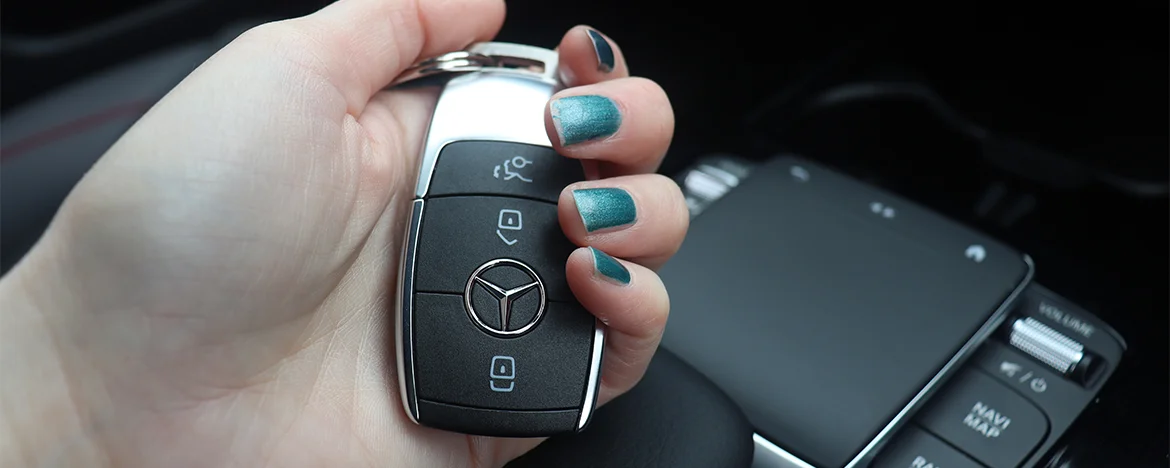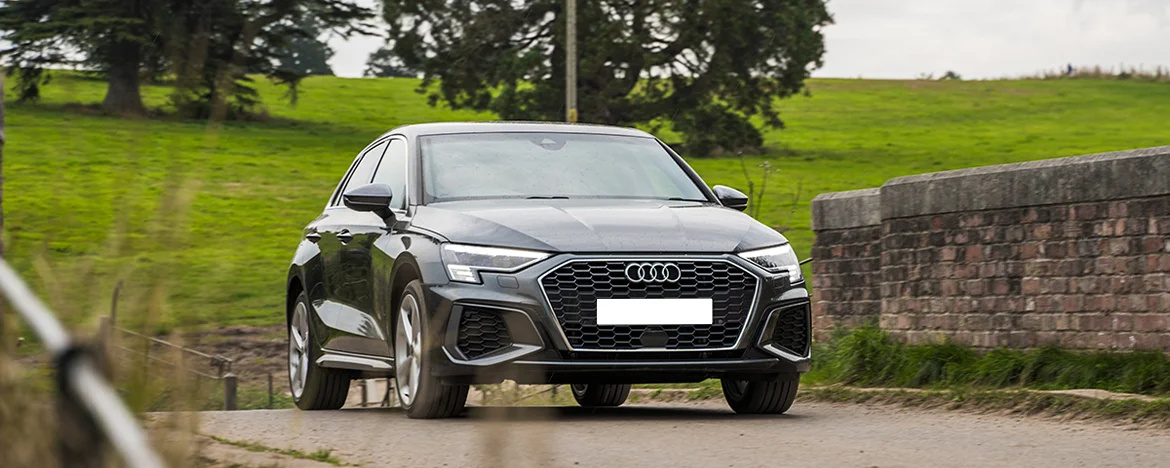What is the fleet manager’s duty of care?
No matter the size of your fleet, there are some key bits of legislation that govern road safety, and outline the duty of care you have towards your drivers.
The main responsibilities under the Road Traffic Acts fall under the care of the driver, but as the employer, there are also areas that fall under your jurisdiction, like supplying a safe vehicle with insurance if the company owns the car or van.
A vehicle being driven for business is considered a place of work, and therefore also falls under any legislation to do with the workplace, like the Health and Safety at Work Act 1974.
As fleet manager, you need to make sure that the vehicles being driven are fit for purpose, and are as safe as possible. Your duty of care also extends to members of the public who might be affected by your employees’ work activities.
You can be held ‘vicariously liable’ for your employees’ driving, which is much more of a risk if you haven’t complied with all the relevant legislation. For example, although reckless driving or breaking the speed limit is ultimately the employees’ responsibility, if the speeding is the fault of the employer because of poor scheduling, then both employer and employee could be prosecuted,
Ultimately, it is your duty of care to keep your employees safe, and protect them from the risk of foreseeable injury, disease or death while at work.
Having a robust system to manage your duty of care, with work vehicle policies, procedures and safe systems of work in place, will ultimately stand you in the best stead to make sure you don’t fall foul of the law, and your employees are safely taken care of and can carry out their duties.









